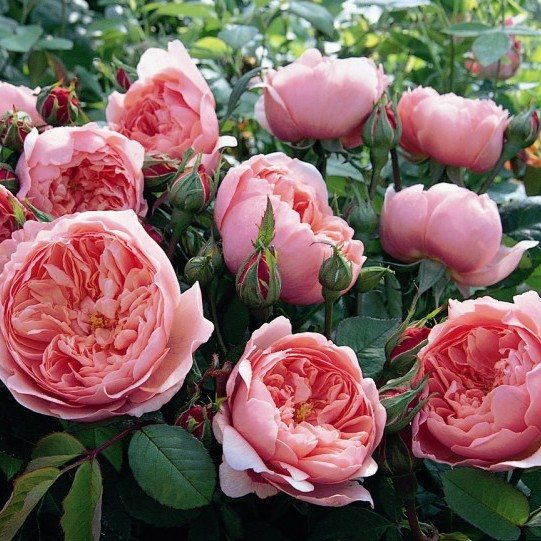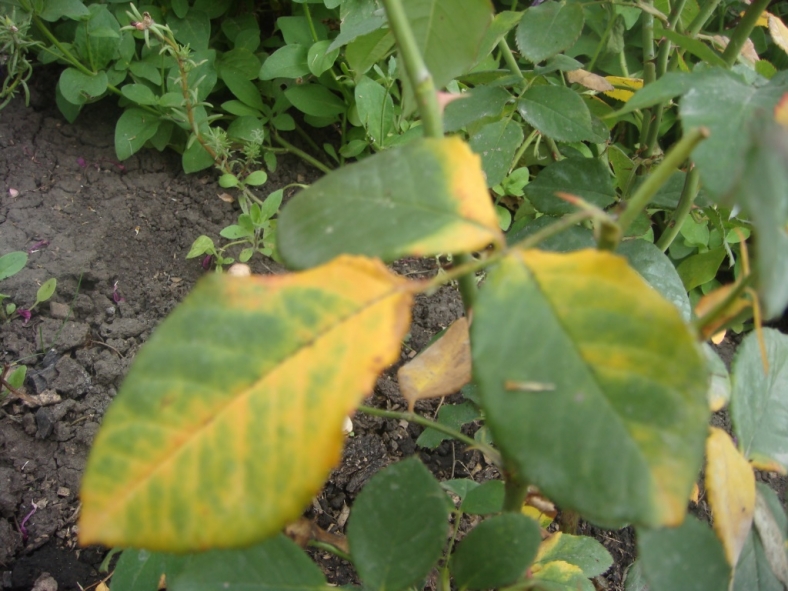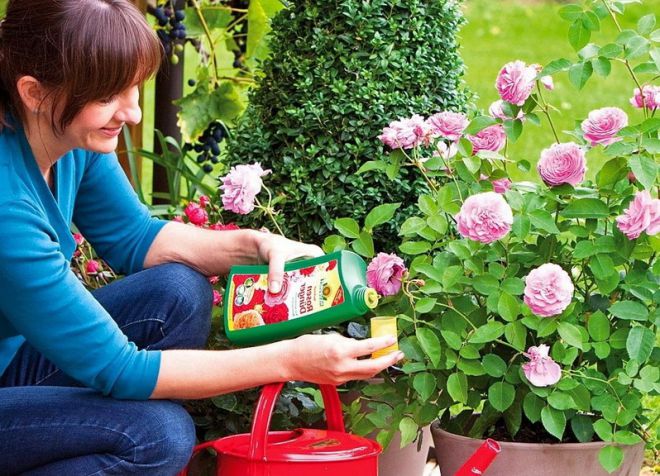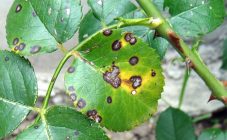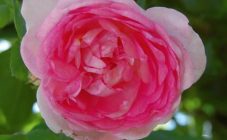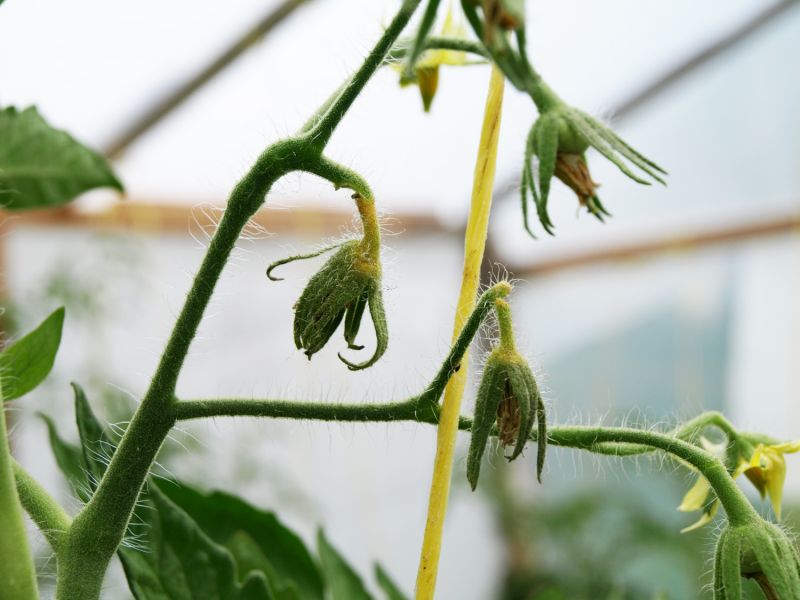Content:
Rose is a favorite flower of many florists. It is used to decorate gardens, parks, and private plots. As a result of the work of breeders, there are currently a large number of varieties and varieties, different colors and shades. However, the "queen of flowers" is often sick or attacked by pests. As a result, the roots, leaves or buds of the plant may be damaged. This article will consider the question of why the rose sheds its leaves, what to do for a flower lover in such cases, and how the plant can be saved.
Rules for caring for roses in the open field
Anyone can start growing roses, even a beginner in gardening. New varieties require no more care than any other garden flower.
Standard agronomic care measures include:
- applying dressings several times per season;
- proper watering and mulching;
- removal of wild growth and weeds;
- pruning and shaping a bush.
By completing all actions on time and according to the rules, you can grow beautiful rose bushes on your land.
It is important to feed the roses on time. Mineral and organic fertilizers are applied in spring and summer. First, mineral fertilizers are introduced, then organic fertilizing (alternating), they complement each other. In August, potash fertilizers are applied to increase frost resistance.
Mulching helps to keep warm and moisture in the root system, enriches the soil with nutrients. For mulch, garden compost, needles, tree bark, sawdust are used.
For abundant flowering and the formation of a beautiful crown on the bush, it is necessary to periodically prune the stems. The plant will turn into a wild rosehip if wild shoots appear on the bush and drown out the cultivated branches. To prevent this from happening, you need to constantly look at the greenery of the bush, remove wild growth. It can be distinguished by the light green color of the leaves. In addition, sanitary pruning is imperative.
Why the rose began to shed its leaves: reasons
The leaves of the rose began to turn yellow and she began to throw them off - a situation familiar to many flower growers. In this case, you need to find out the reason and save the rosette by starting treatment in a timely manner. There are many reasons why the leaves of a rose in the garden are crumbling, but it is advisable for a flower lover to know all of them.
Sunlight problems
The rose bush feels good in a lit place. Planting in dark places can lead to leaf fall - there will not be enough sunlight for normal development and flowering.
If the leaves and buds are under the scorching sun all day, the rose will begin to lose foliage. The best place to plant rose bushes is where the sun only shines in the morning. Starting at lunchtime, the rosebush should be in partial shade.
Watering problems
Roses are moisture-loving flowers: drying and flying leaves on the bushes can be a sign of a lack of moisture in the heat.
At the same time, stagnation of water near the bush can also lead to decay of the root system, and then the stems will begin to turn black, and the foliage will turn yellow and fall off.
Lack of nutrients
Why are the leaves of the garden rose falling? There may be a lack of important trace elements (potassium, calcium, iron), which provokes premature yellowing and shedding of leaves.
- With nitrogen deficiency, the leaves turn pale, shrink and fall prematurely, flowering worsens.
- With a lack of potassium, the leaves dry out at the edges and fall off.
- Yellowing of the leaves can be a sign of iron and phosphorus deficiency.
To maintain the balance of nutrients in the soil, it is necessary to regularly apply special complex fertilizers.
If the soil is oversaturated with nitrogen, it will cause a powerful growth of the green mass, while the rose may not bloom at all. If this happens, the overgrown shoots must be shortened by 1/3 so that they form flower buds.
Unfavourable conditions
The main reasons that can lead to the fact that the rose will fall off the leaves:
- Cold water is bad for a rose. Water the plant with warm water.
- The flower does not like drafts - you need to carefully select a place.
- Rare and abundant watering is harmful, the rose bush needs an optimal moisture content in the soil.
- The rose needs regular feeding, a lack of nutrients can lead to diseases and shedding of leaves.
- The appearance of fungal diseases is caused by over-fertilization and abundant watering.
Many flower lovers are often interested in what is the reason that the indoor rose has dropped its leaves? What to do if a rose has fallen leaves partially or all at once? The fact is that a room rose also requires close attention and careful care. It is necessary to monitor the condition of the leaves in order to prevent the development of the disease in time. Potted roses have many similar diseases to the garden street rose. They can also be attacked by pests.
Diseases and pests of roses
Most modern rose varieties are highly resistant to diseases and pests, but with improper care, the situation can be complicated and cause rose bush diseases.
The most common diseases:
- Black spot
It starts as small brown specks. Spots grow all over the leaf. The leaves begin to dry and fall off. The disease can spread to the stems and inflorescences. The fight against this ailment must be started immediately, otherwise the leaves will dry out and the rose will die.
How to help your beloved flower? First, the damaged parts of the shrub are removed, then they are treated with Bordeaux liquid, copper sulfate, sulfur-containing preparations.
- Powdery mildew
When infected, a powdery white coating appears. The decorative appearance of the bushes immediately decreases: the affected leaves curl, dry up and fall off, the shoots bend and die off.
This disease affects the disease-resistant varieties of roses growing in the shade. It is necessary to remove and burn the affected areas, and treat healthy ones with Bordeaux liquid or a solution of mullein, ash, nettle decoction.
Pests can also cause great damage to plantings:
- Spider mite
A pest that feeds on the sap of stems and leaves. In small quantities, it does not do much harm, but high rates of reproduction can bring disastrous consequences over time.
Affected leaves become covered with dots, turn yellow and fly around.You can fight this scourge with folk remedies: decoction of onions / garlic or potato tops. In addition, there are specialty chemicals.
- Aphid
It is located on the underside of leaves, on young shoots and peduncles, sucks sap and weakens the plant.
The fight against it must be carried out with insecticides, soapy water, decoctions of tobacco, garlic.
Preventive measures
In order for your favorite flowers to grow magnificently and delight the eye, you need to take care of proper care. In addition, it is imperative to take preventive measures. It is easier to prevent diseases than to cure them later.
Preventive methods in caring for rose plantations are in the right place for planting. Plant in well-lit and ventilated areas, on fertile soils, having prepared the place in advance.
Timely feeding with mineral and organic fertilizers is very important. Without dressing, flowering will not be lush.
Watch out for pests and diseases. Even a cursory examination of the stems reveals the problem.
Correct and timely pruning of the stems is necessary for the rose garden to be well ventilated and illuminated by the sun.
Tips and tricks from experienced florists and gardeners
Before you start breeding roses, you need to decide on the type and variety. A correctly selected seedling is of great importance.
When choosing seedlings in a store or on the market, be sure to pay attention to the shoots:
- green color;
- stems are strong and resilient;
- the bark should be intact, without folds, breaks and spots
Well-developed and healthy buds are a sign of quality rose seedlings. The leaves should be deep green on the inside and outside.
Experienced gardeners plant roses between early September and mid-October. But in cold regions it is preferable to do spring plantings. When planted in autumn, immature roses with an undeveloped root system may freeze.
The best soil for roses is slightly acidic or neutral. Roses take root deeply, therefore, for planting seedlings, a hole must be prepared no smaller than 60 cm.
Before planting a flower, you should prepare it. Too long roots cut a little with a sharp secateurs, and remove all dry ones completely. A few hours before planting, the seedlings should be lowered into a bucket of water.
Fading inflorescences must be cut off without waiting for them to wither. This stimulates the bush to further bud formation.
Rose bushes abundantly strewn with flowers will decorate any garden, will bring joy to a flower lover, his household and guests.
